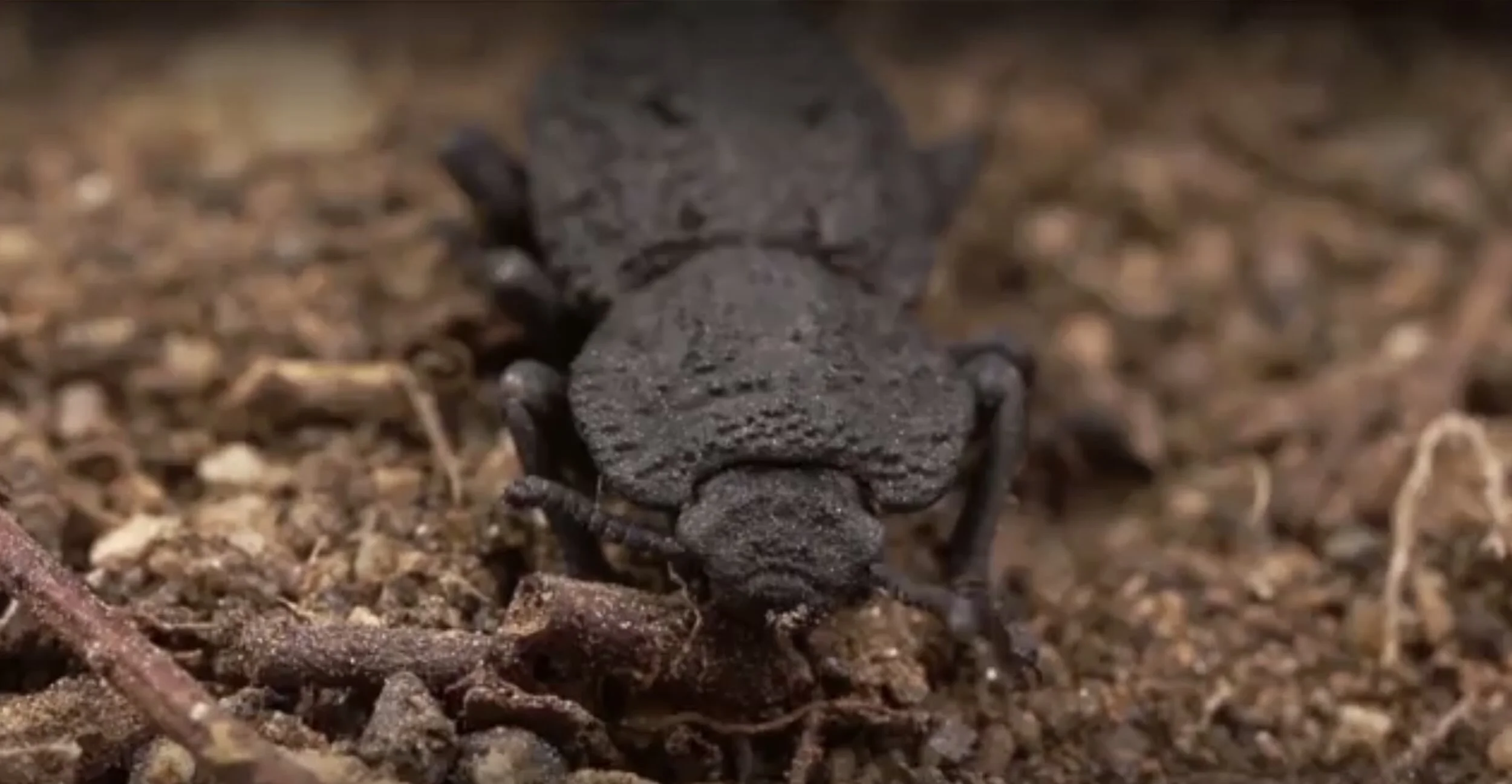When thinking about materials to use for constructing settlements on the Moon or Mars, most people will probably picture some sort of metal. Scientists at NASA are currently considering to take off-world habitat building in an entirely different direction.
By Stef Verhagen
An artists rendering of a SpaceX base on Mars. Future settlements might look slightly different if we decide to use myco-architecture - Image Credit: SpaceX via Flickr - HDR tune by Universal-Sci
When thinking about materials to use for constructing settlements on the moon or Mars, most people will probably picture some sort of metal. Scientists at NASA are currently considering to take off-world habitat building in an entirely different direction as they are examining technologies that could grow constructions based on fungi to become future habitats on distant worlds like Mars.
NASA Ames Research Center is prototyping technologies that could "grow" structures on remote locations like Mars, the Moon, and other bodies in the solar system out of living fungi, specifically the near invisible threads that make up their core under the surface, known as mycelia. These minuscule threads can build complicated structures with severe precision, networking out into larger structures (mushrooms). In the right circumstances, they can also be coaxed into making different structures – varying from materials akin to leather to building blocks for space habitats.
Analogous to human settlers, fungi are living organisms that need food and the ability to breathe, a rather difficult concept in the near-vacuum of Mars. Scientists intend to mitigate this problem by using cyanobacteria that are able to use energy from the Sun to convert water and co2 into oxygen.
The entire idea elegantly comes together in the concept of a three-layered dome where the outermost layer consists of frozen water ice, possibly taken from the already existing resources on Mars and our Moon. The ice shields the interior from radiation and trickles down as water to the second layer of the dome, consisting of cyanobacteria. This second layer will use the water and photosynthesize using outside light that shines through the icy layer to produce oxygen for astronauts and nutrients for the fungi in the third and final layer of the dome.
A scientist holding a petri dish containing mycelia growing in simulated Martian regolith - Image Credits: NASA/Ames Research Center/Lynn Rothschild
Lynn Rothschild, one of the researchers, stated that at the moment, conventional habitat designs targeted for Mars are derived from the concept of a turtle: 'carrying our homes with us on our backs'. According to Rothschild, this is a dependable plan, but it comes with enormous energy costs as we have to move it all the way from Earth to the red planet. He proposes harnessing fungi to grow these habitats on location as a smart and more economical alternative.
So what would this fungi based off-world settlement building concept look like in practice then? The idea is that future human settlers bring a compact habitat with them that is mostly made from lightweight materials and includes dormant fungi that will last on typical long journeys associated with space travel. When the settlers finally arrive, they can unfold the simple structure. By adding water, the fungi will become active and grow around the framework that is will slowly become a fully functional habitat. Because the fungi will be contained within the habitat, it is likely that potential contamination of the environment will be prevented.
It might be advisable to prevent potential contamination if the cost of doing so is relatively low. Although scientists like Jose Lopez, argue that we shouldn't be too obsessed with contamination as, in their view, an absolute non- contamination policy is simply incompatible with plans to eventually colonize space. In any case, NASA's myco-architecture project is inspiring and might reduce the costs of settling on places like Mars and our Moon significantly. We will keep you posted regarding future developments for this project.
Sources and further reading: A new approach to biomining: Bioengineering surfaces for metal recovery from aqueous solutions / NASA
If you enjoy our selection of content please consider following Universal-Sci on social media:















